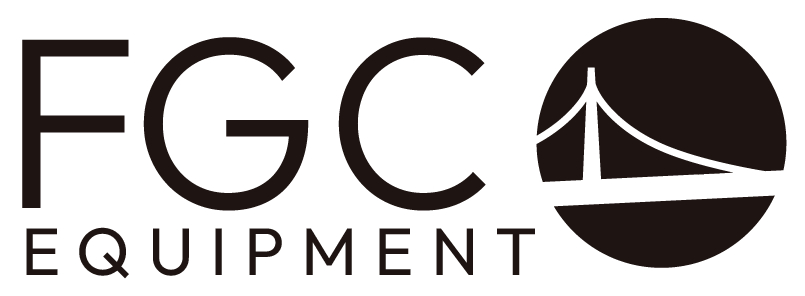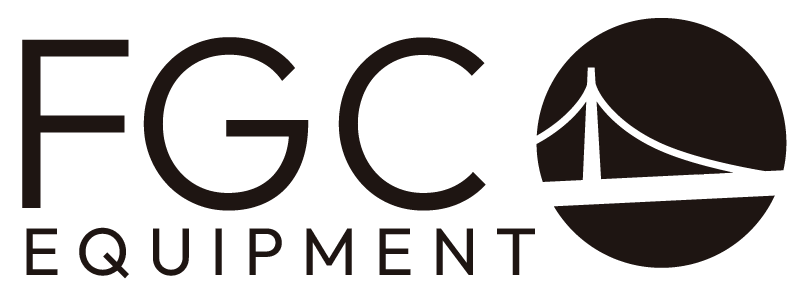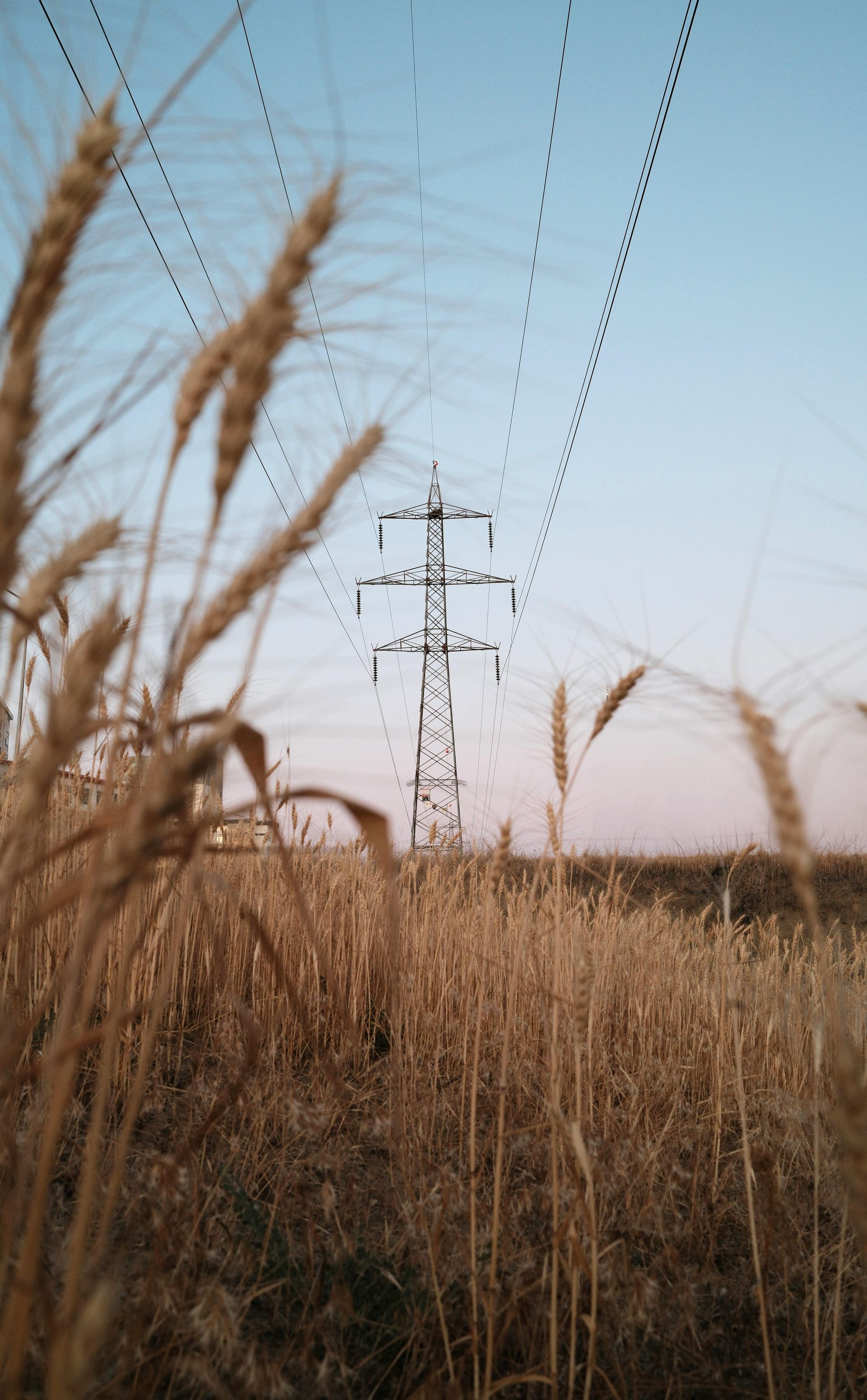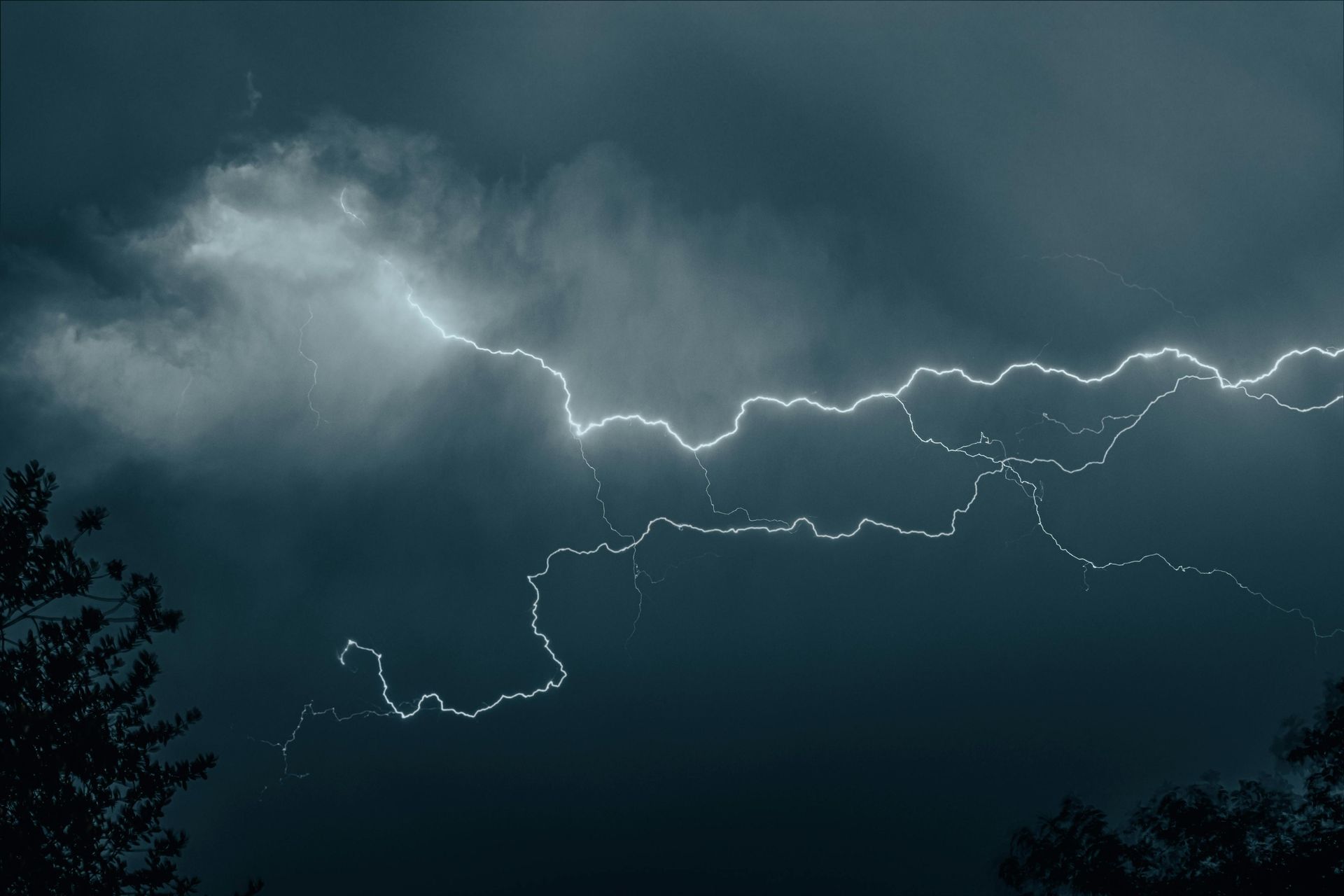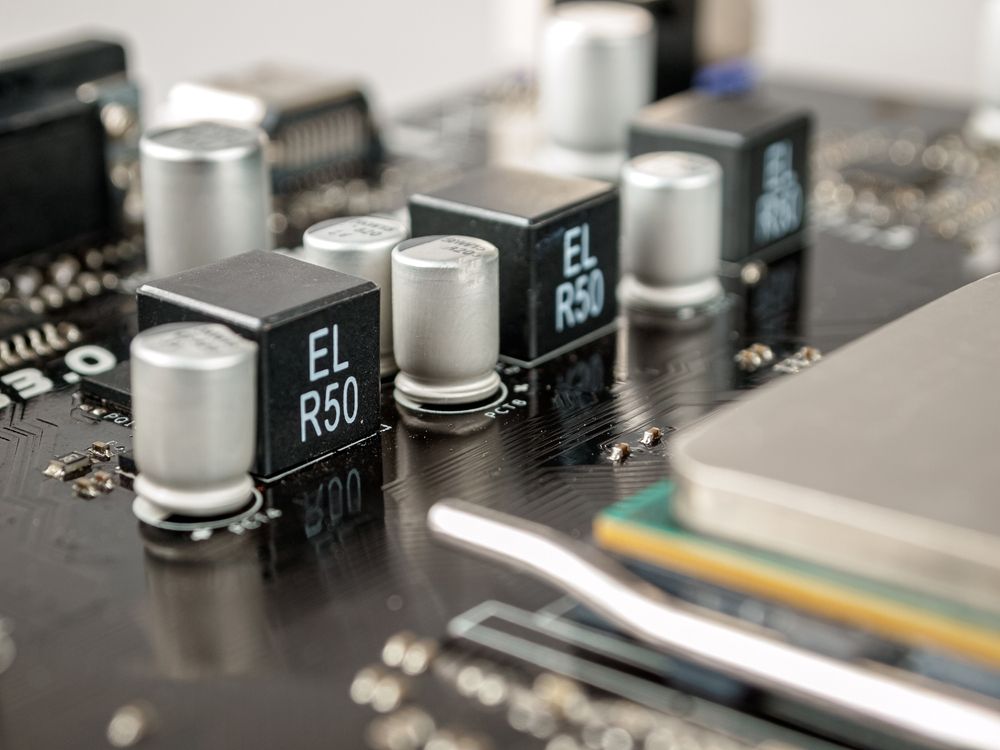Factors Affecting Power Quality and How to Manage Them
27 June 2025
Share this article:
Poor power quality leads to equipment failures, unplanned downtime, and inflated maintenance costs. For industrial, healthcare, and technology-driven facilities, understanding the power quality factors that impact operations is essential to maintaining performance and profitability.
In this blog, we’ll dive into what power quality means, explore the most common factors that affect it, and offer practical strategies to manage and mitigate risks before they escalate.
What Power Quality Is and Why It Matters
Power quality refers to the stability and reliability of the voltage, frequency, and waveform of electrical power supplied to equipment. High-quality power operates within defined parameters, ensuring systems run smoothly without interruption or damage.
When power deviates from these standards, even briefly, it can result in overheating, equipment malfunction, data loss, or complete operational failure. Facilities that depend on automation, sensitive electronics, or continuous uptime must prioritize power quality to avoid significant financial and operational consequences.
Key Factors Affecting Power Quality
Several technical factors can degrade power quality. Let’s explore the most common ones:
Voltage Sags and Swells
Voltage sags are brief drops in voltage, while swells are short increases. They are often caused by faults on the power grid, large motor startups, or switching heavy loads. Sags can cause equipment to stall or shut down, while swells can damage sensitive electronics.
Harmonics and Electrical Noise
Harmonic distortions arise from non-linear loads such as variable frequency drives (VFDs), LED lighting, and UPS systems. These distortions corrupt the ideal sinusoidal waveform of electrical power, causing overheating in motors and transformers.
Electrical noise, often generated by nearby industrial equipment or external lightning strikes, disrupts control signals and can cause malfunctioning in sensitive sensors and communication systems.
Frequency Variations
Power systems are designed to operate at a constant frequency (typically 60 Hz in North America). Frequency variations result from imbalances between power generation and consumption. Even small deviations can cause inefficiencies in motors and timing issues in electronic systems.
Transients and Surges
Transients are short-lived, high-frequency bursts of energy often caused by lightning strikes or switching operations. Surges are longer increases in voltage and can result from grid switching or load shedding. Both transients and surges can instantly damage sensitive equipment, leading to costly repairs.
Unbalanced Loads and Phase Issues
An unbalanced load occurs when electrical loads across phases are not equal. This imbalance leads to uneven voltage across phases, causing motors to run inefficiently and resulting in excessive heating. Phase issues can lead to power loss, increased maintenance, and reduced equipment lifespan.
Industry-Specific Power Quality Challenges
While all industries must consider power quality, certain sectors face heightened risks:
- Manufacturing Facilities: Heavy machinery and robotics are highly sensitive to voltage sags and harmonics.
- Data Centers: Even minor transients can corrupt data or damage servers, risking significant financial loss.
- Healthcare Facilities: Imaging and diagnostic equipment require highly stable voltage; poor quality can lead to inaccurate results or equipment downtime.
- Oil & Gas and Mining Operations: Harsh environments and long distribution lines heighten the risk of voltage instability and phase imbalance.
Each industry’s unique power profile demands tailored solutions to protect assets and ensure operational resilience.
How to Identify Power Quality Issues
Detecting power quality problems early can prevent costly damage. Here are key ways to identify potential issues:
- Voltage Monitoring: Track voltage levels continuously to detect sags, swells, and variations.
- Harmonic Analysis: Conduct a harmonic distortion assessment to measure waveform integrity.
- Thermal Imaging: Identify overheating components that could indicate load imbalances or poor power quality.
- Site Power Studies: Comprehensive power audits provide a detailed look into your facility’s power health and highlight vulnerabilities.
Without proper detection, power quality issues can remain hidden, silently eroding your facility’s efficiency and productivity.
Effective Solutions to Manage Power Quality
Once issues are identified, implementing the right solutions is critical:
- Active Voltage Regulators (AVRs/AVCs): Correct voltage sags and swells in real time, maintaining stable voltage delivery to systems.
- Industrial UPS Systems: Provide backup during outages and smooth minor voltage fluctuations.
- Surge Protection Devices (SPDs): Shield systems from damaging transients and surges.
- Power Conditioners: Filter out electrical noise and harmonics, protecting sensitive equipment.
- Load Balancing Equipment: Distribute loads evenly across phases to prevent imbalances and phase issues.
- Frequency Regulation Equipment: Maintain consistent system frequency to safeguard motor-driven and timing-sensitive systems.
Layering these solutions provides comprehensive protection against a wide range of power quality challenges.
Choosing the Right Approach for Your Facility
Choosing the right power quality solution requires a strategic, facility-specific approach:
- Assess Load Requirements: Understand the sensitivity and power demands of your equipment.
- Consider Scalability: Choose systems that can adapt as your facility grows.
- Evaluate Environmental Conditions: Ensure systems are rugged enough for industrial or harsh environments.
- Prioritize Monitoring and Diagnostics: Real-time insight into power health enables proactive maintenance.
- Partner with Experts: Work with power quality specialists who can perform detailed assessments and recommend tailored solutions.
A one-size-fits-all solution rarely works. Truly, customized strategies yield the best long-term results.
Take Control of Power Quality Before It Costs You
Ignoring power quality issues can lead to mounting repair costs, frequent downtime, and reduced equipment lifespan, all of which hurt your bottom line. Voltage Correction is here to help you identify vulnerabilities and implement effective, industrial-grade solutions.
Our services include comprehensive power studies, site metering, and the installation of trusted solutions like the ABB 100 ESS AVC and PCS UPS-1, products that are designed to deliver stable, reliable power under even the most demanding conditions.
Contact us today, or schedule an on-site assessment with our power quality specialists and protect your facility before hidden problems turn into costly failures.
Connect with Us:
